Interactive Narration
Interactive Narration is a storytelling approach that integrates interactivity into its medium. Traditionally, stories are conveyed orally, visually, through films, or via books. However, with advancing technology, interactive storytelling has emerged as a new form, commonly seen in pop-up books and video games. This project draws inspiration from Indian festive rituals, such as Janmashtami - the celebration of the birth of Lord Krishna - a major deity in Indian culture. In this festival, people gather to imitate one of Lord Krishna’s childhood pranks - forming a pyramid to break a pot hung out of reach and filled with milk and coins - as part of the festivities. Building on the smybolic and interactive nature of Janmashtami celebration, the project explores interactivity through the combination of papercraft and physical computing, incorporating symbolism to represent narratives. The narratives in this project focus on myths and legends surrounding the foundation and evolution of the city of Ahmedabad, India.
This project is presented in the form of a pop-up book as an artefact, inserted with paper craft and physical computing for interactivity and this set up consists of a prototype of the artefact.
The Prototype
*AI was used to generated voiceover in this video*
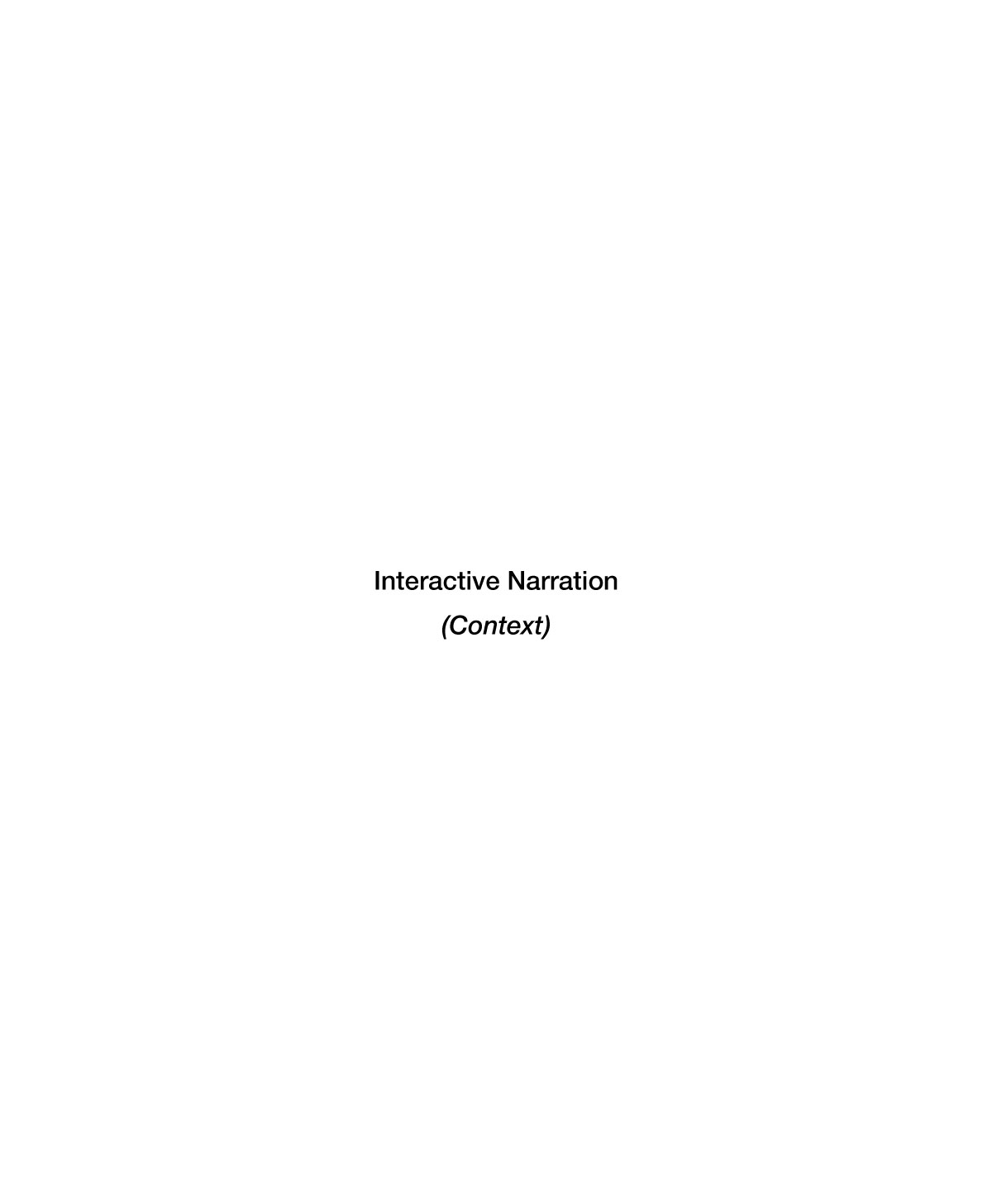

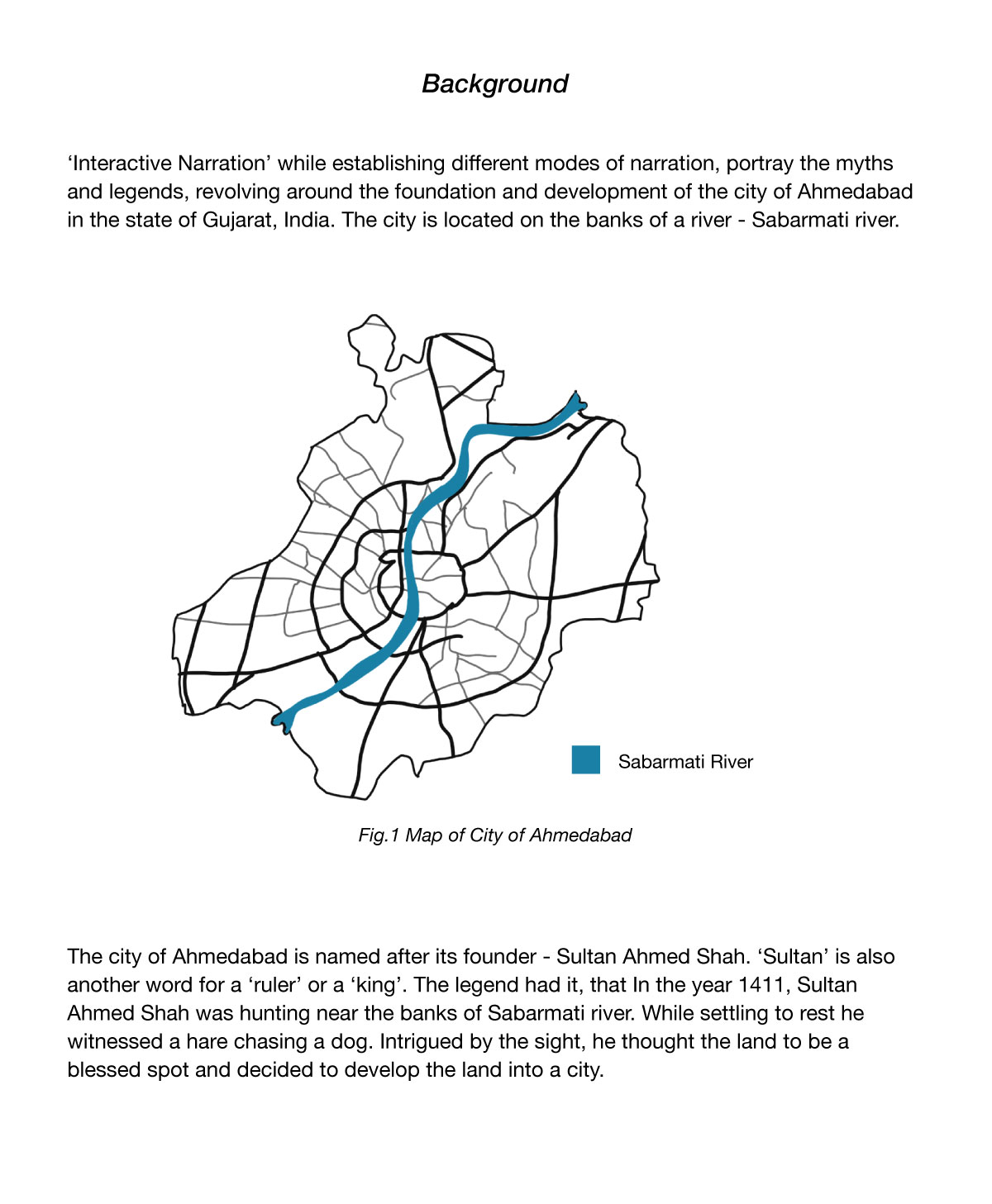
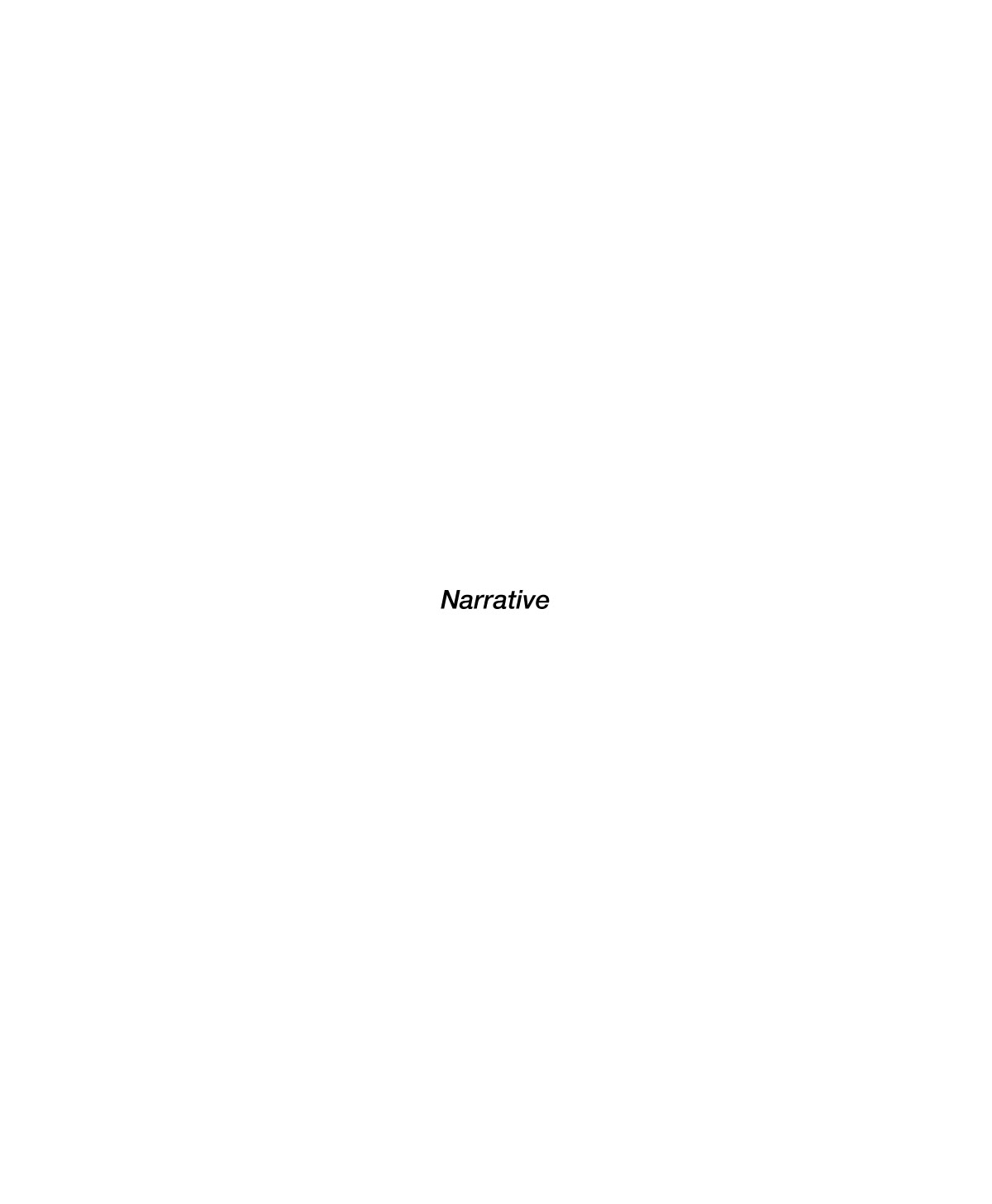
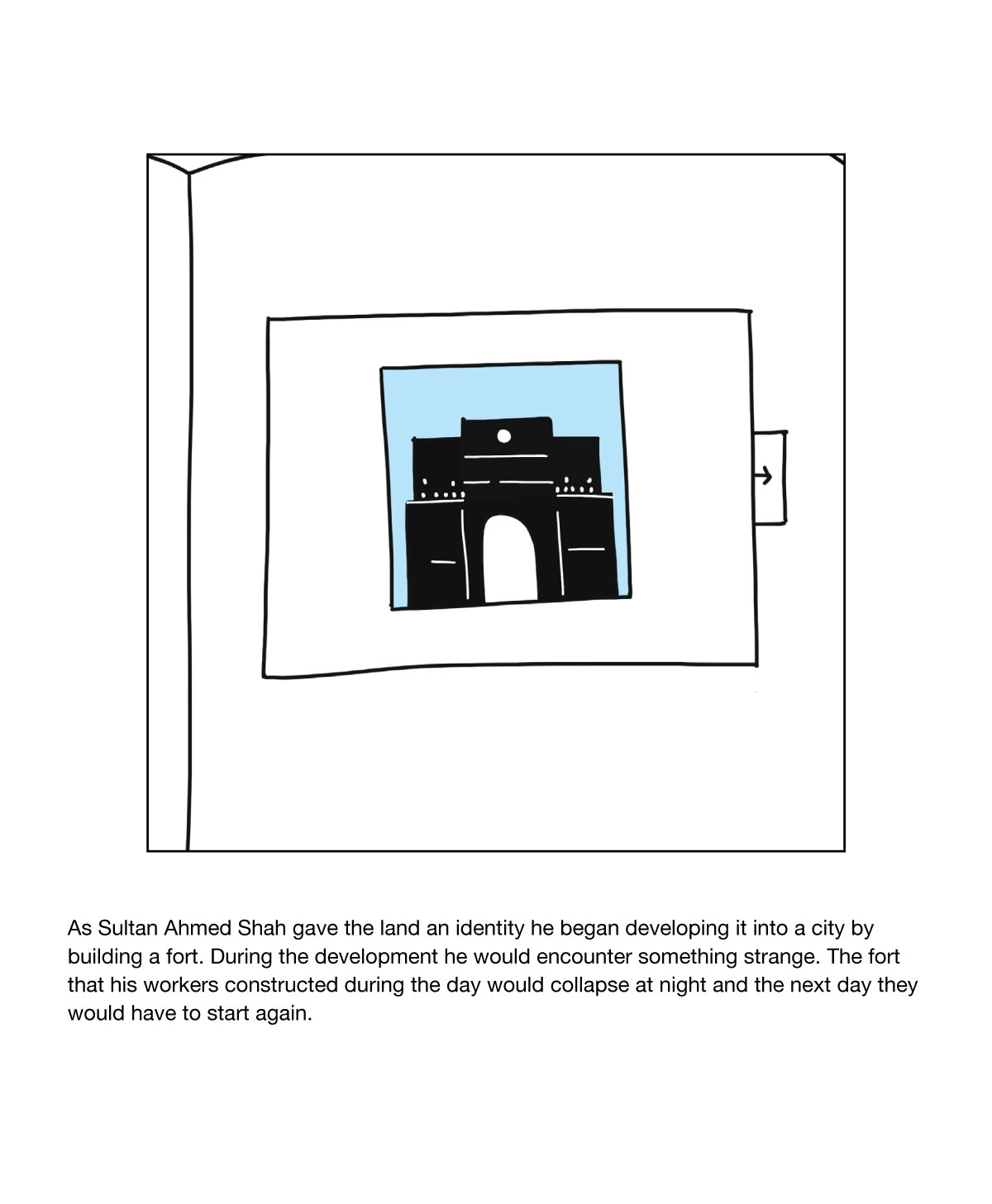
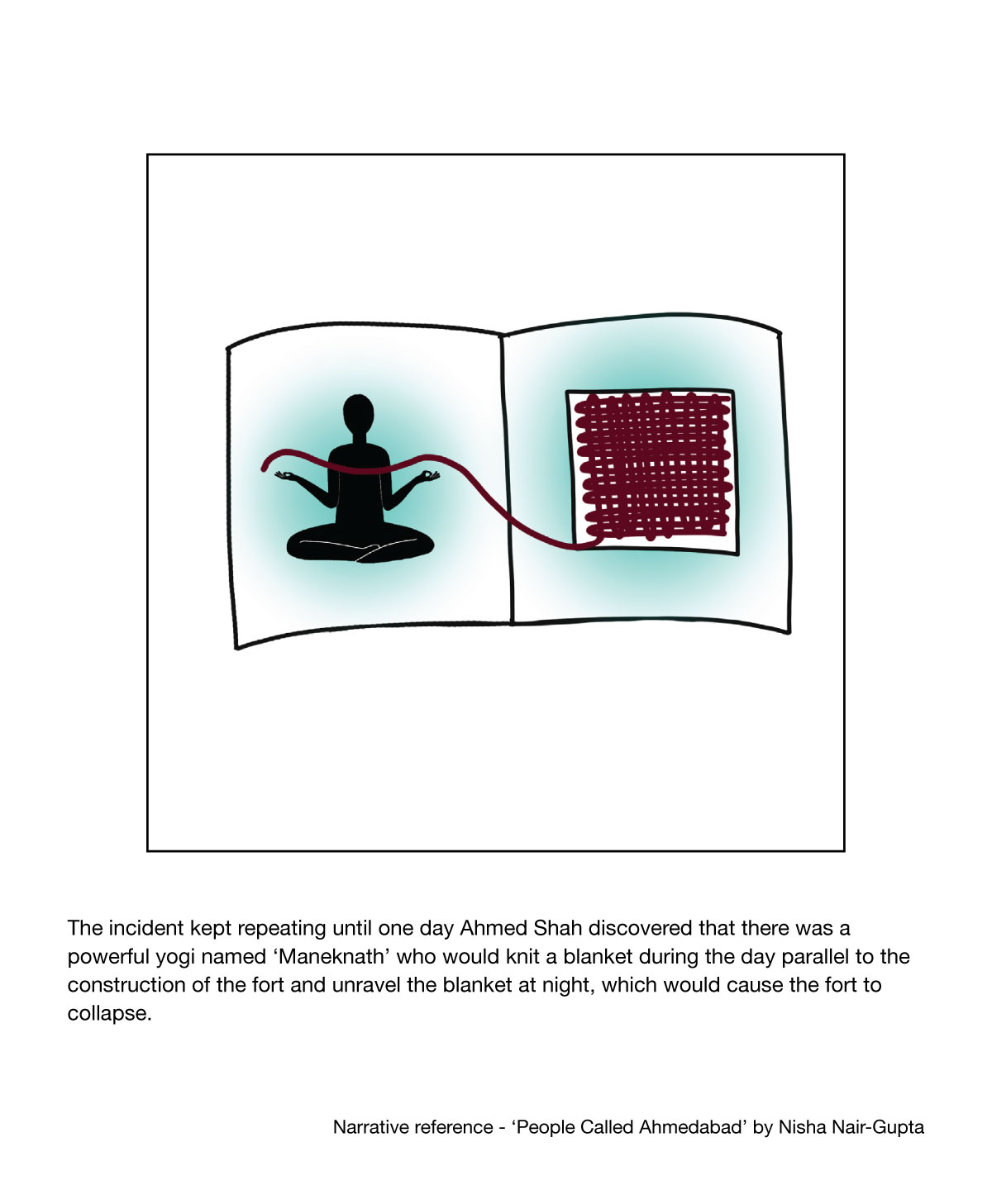

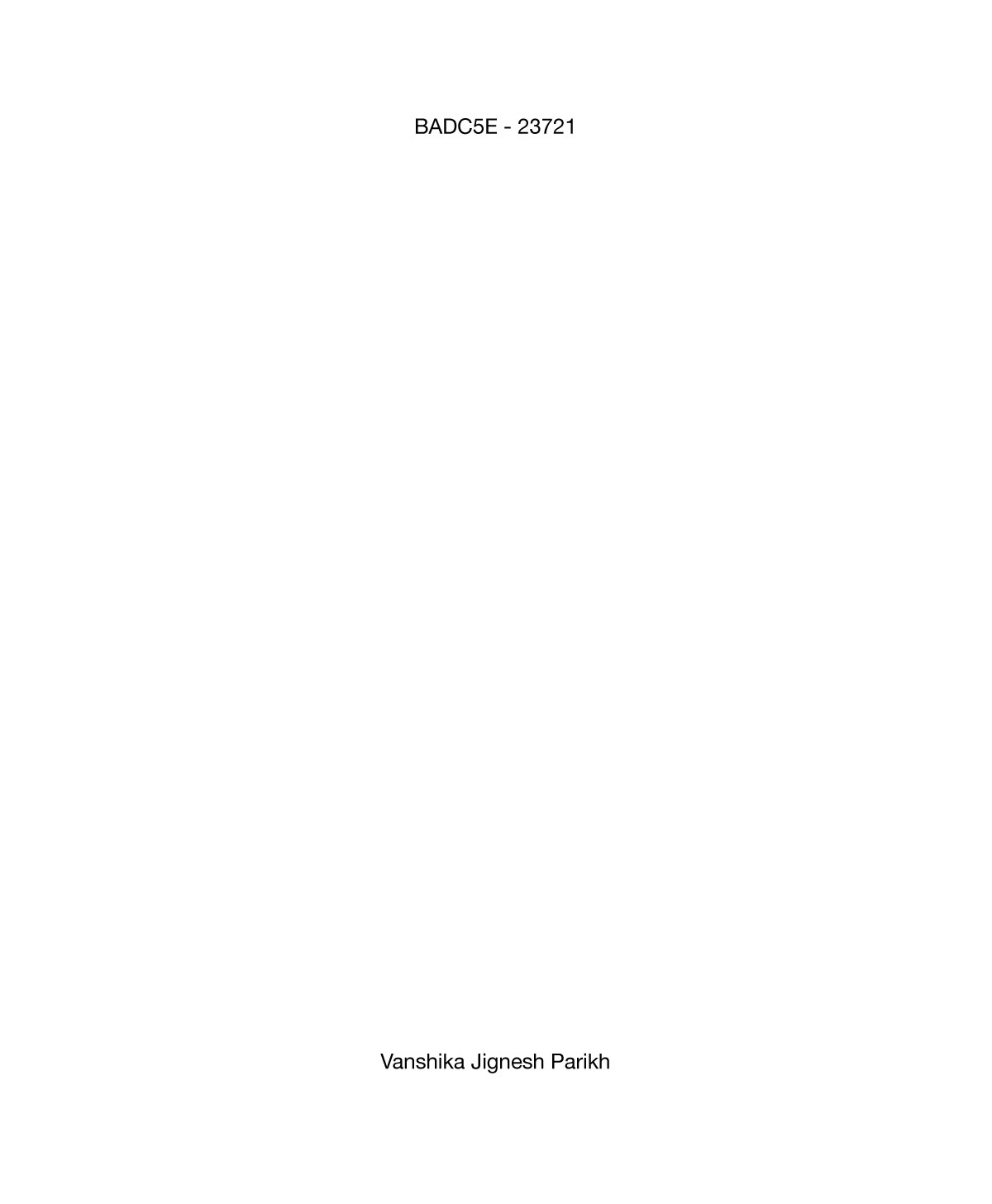
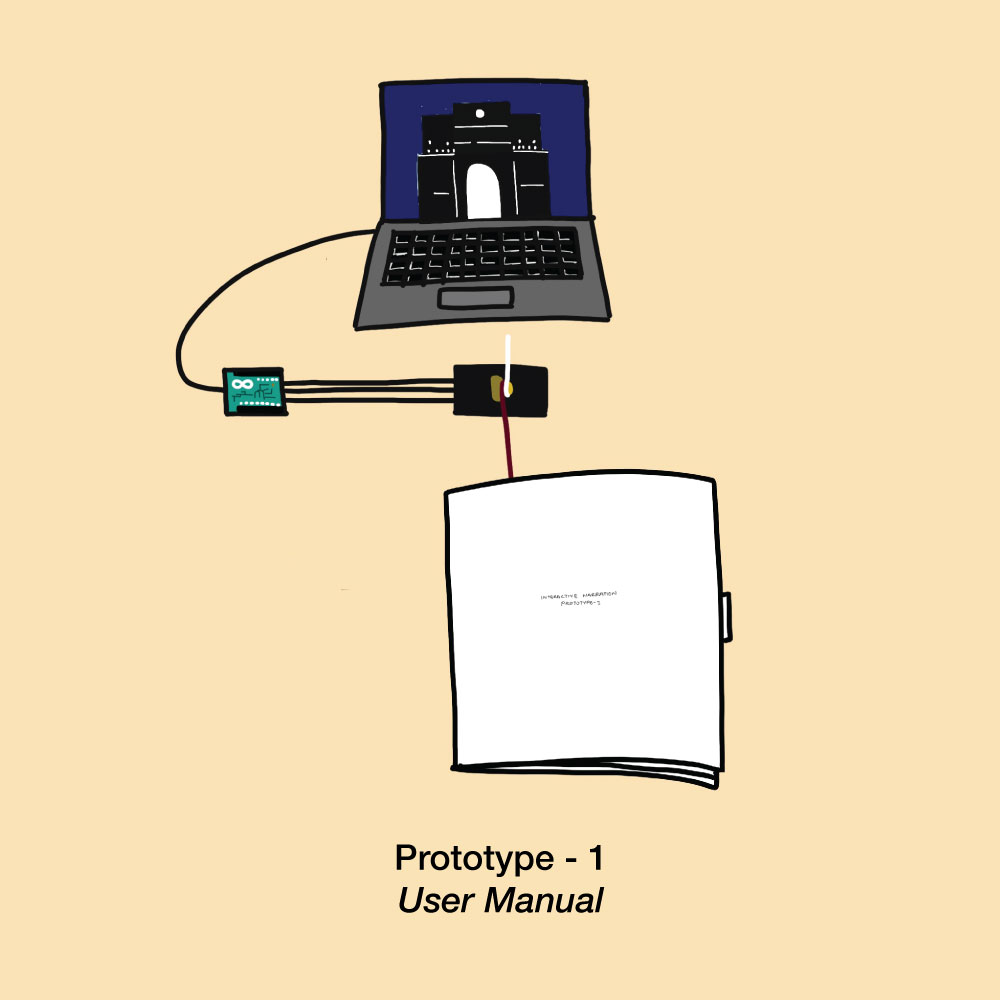
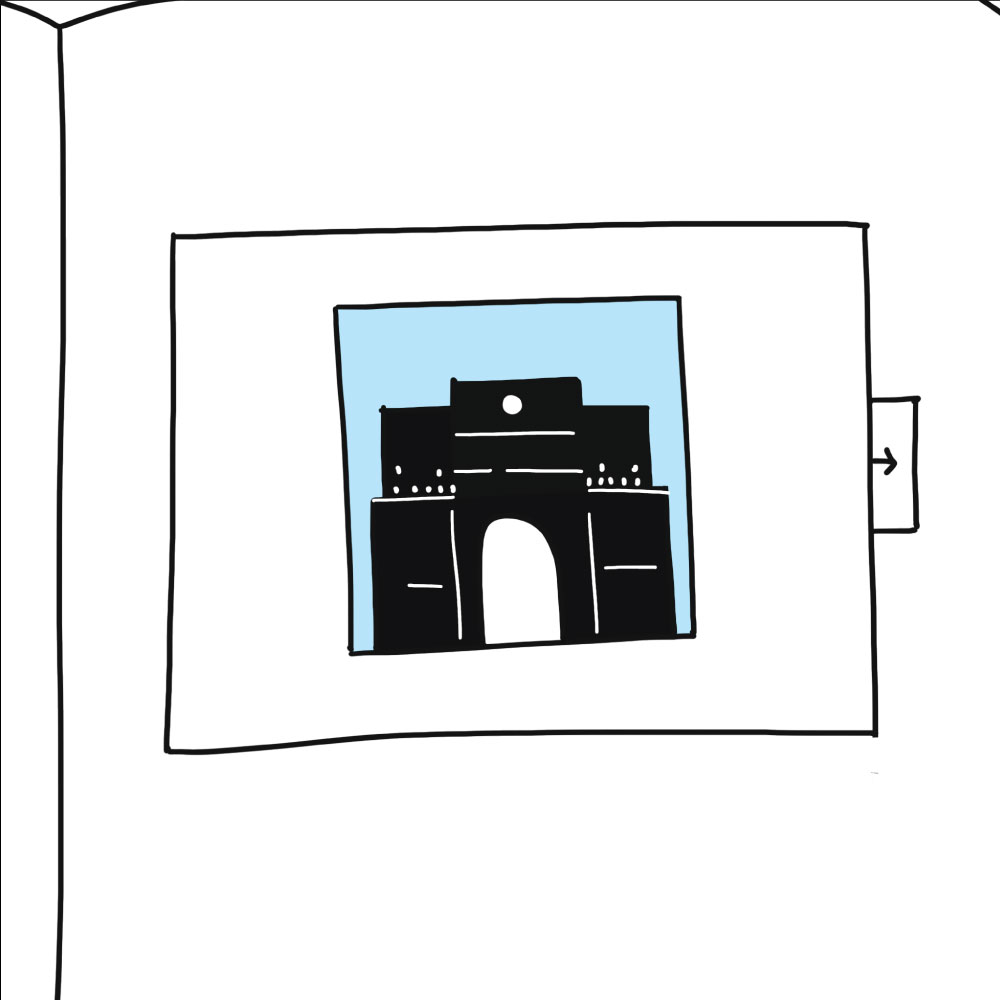
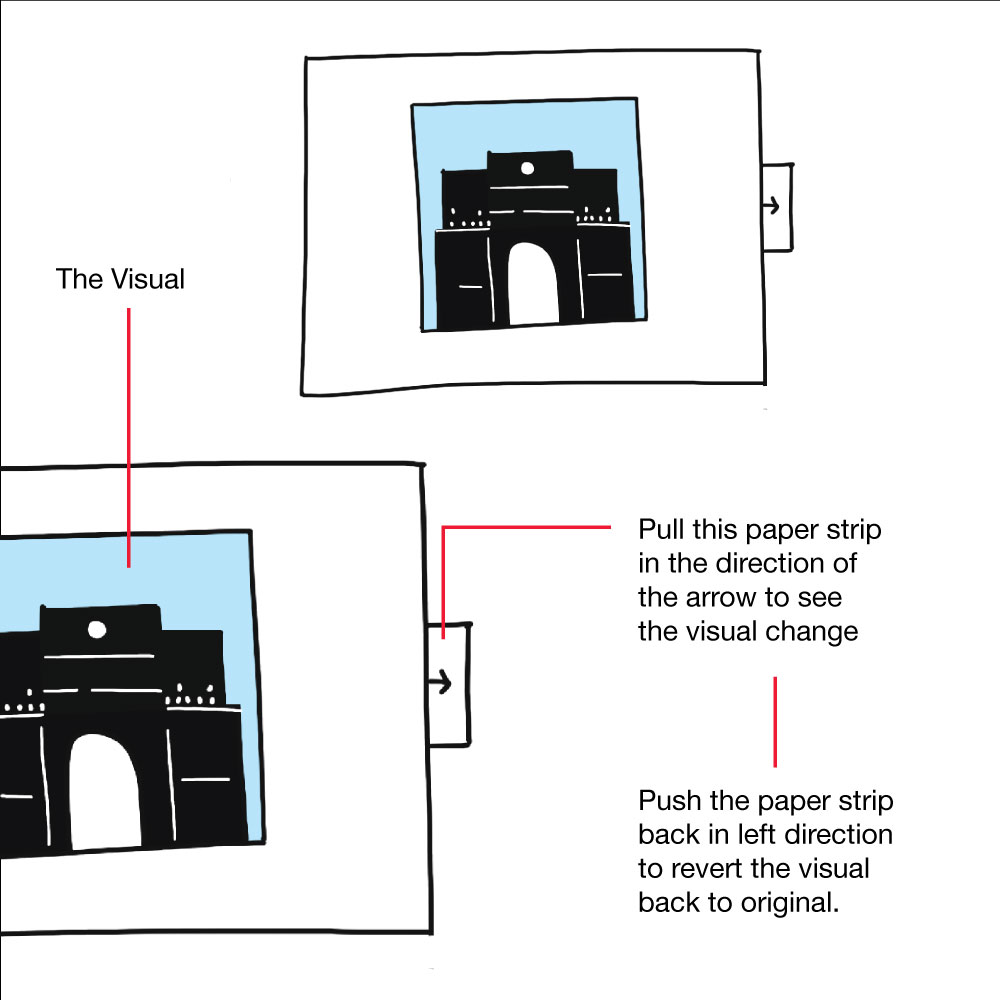
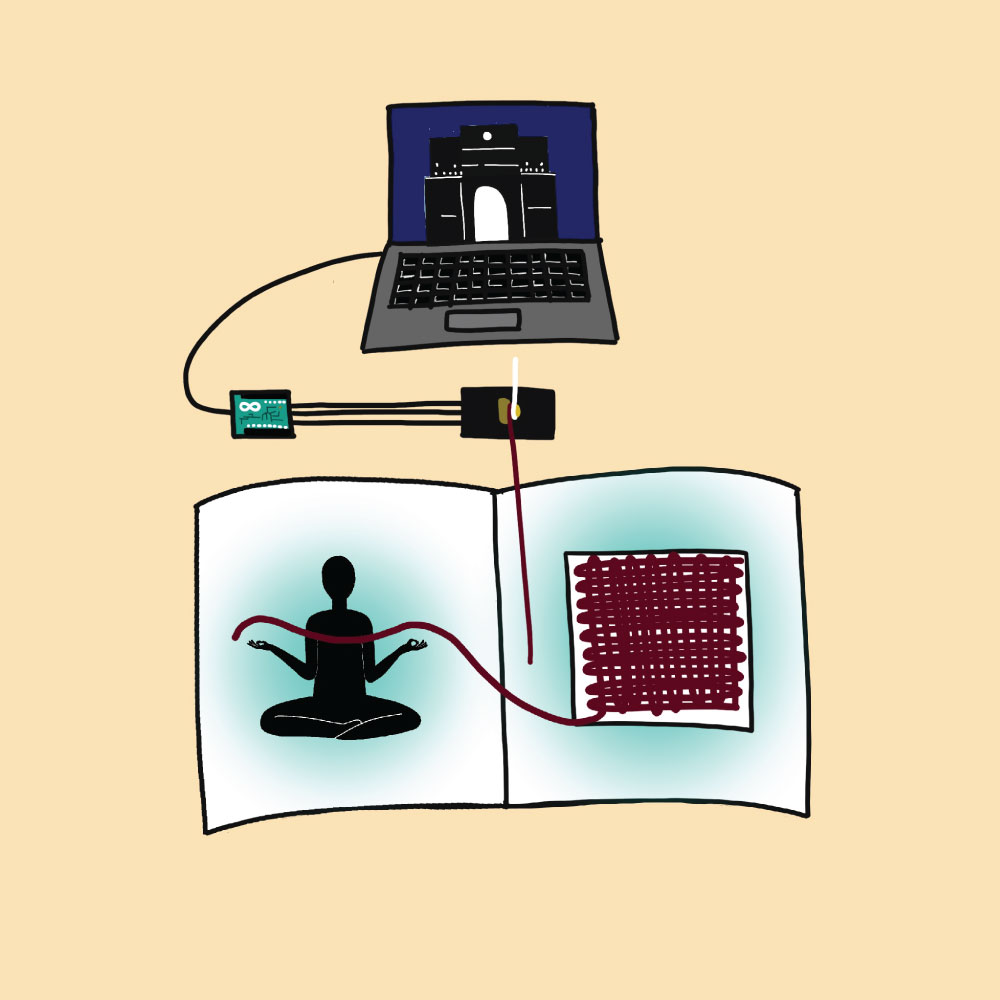
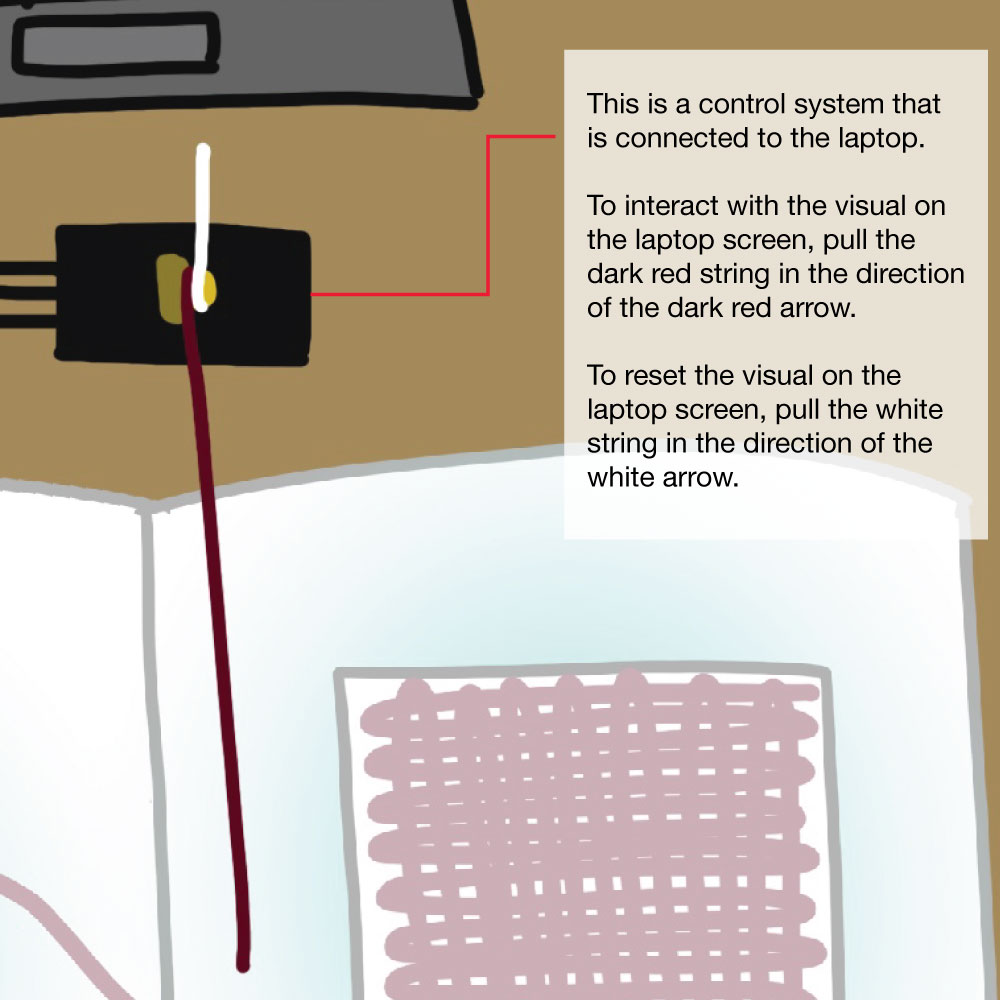
About The Prototype
The objective of this prototype was to test whether the visuals were clear enough to communicate the activities depicted. For example, on the first page, the activity is: ”a building standing still during the day, then breaking at night.” Its narrative, which provides additional context, is included in a separate narrative booklet. The accompanying narrative was: “As Sultan Ahmed Shah gave the land an identity, he began developing it into a city by building a fort. However, during this development, he encountered something peculiar—the fort that his workers constructed during the day would collapse at night, forcing them to restart the following day.”
For a complete understanding of the prototype, I created a separate booklet titled Interactive Narration (Context), which provided the background and narrative in detail. I deliberately kept the context separate from the prototype publication to test the clarity of the visuals independently.
Another goal of the prototype was to assess how the artifact functioned as a publication setup. As part of the setup, I included an additional iPad for documentation purposes and to provide a more comfortable viewing experience. However, this addition unintentionally caused some confusion during the testing process.
User - testing
Vionetta Wianta
“On the first page, I get that this is hotel maybe? That is breaking… On the second page it seems like someone is meditating but I don’t completely get the connection between the person and the threads”
Lim Jun Kiat Zarer
“It was hard for me to understand the visual context without reading the context first and the second screen placed on the table is confusing. As for the visuals, on the first page I got that it’s day and night but I don’t totally understand what’s going on here (here as in the building). Although, it would be interesting if this (the paper-dissolve crafted visual) would be connected to the animation on the screen and changes along with”
Yap Boon Cheong
“It is an interesting way of telling stories and I guess it is good that the context is provided. I don’t necessarily think it has to be on the prototype”
Reflection
Through this prototype and its user-testing, I learned that some visuals could be improved for clearer communication. For instance, on the first page, the size of the visual may have obscured certain details, making them harder to interpret. Additionally, while the prototype relies on written narratives, incorporating audio narration—such as a voice narrating the story as the publication progresses—could enhance the user experience. The user manual also proved somewhat unclear and would benefit from additional details to provide better guidance. Moving forward, I plan to experiment further with integrating audio inputs, sensors to detect page movements, and refining the craft of pop-up book publication techniques.